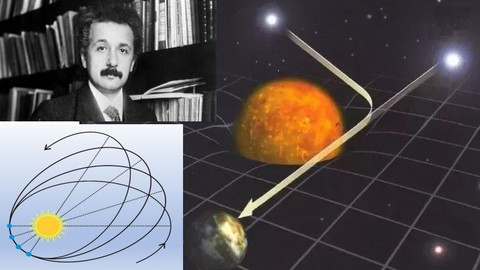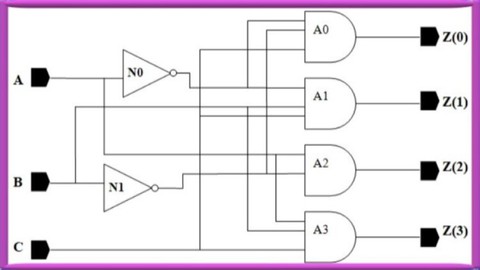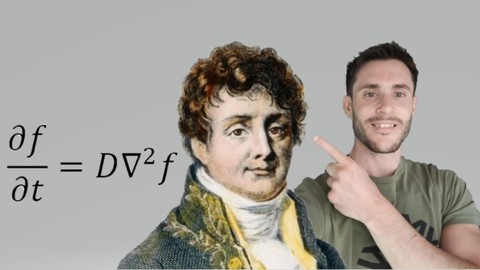Mathematical predictions of General Relativity
Loại khoá học: Teaching & Academics
Tests of General Relativity: precession of perihelion of Mercury, bending of light, gravitational waves
Mô tả
This course is a sequel to: "Mathematical Intuition behind Special and General Relativity". The knowledge of tensors is a mathematical prerequisite.
The following concepts are recalled at the beginning of the course: the Ricci tensor, metric tensor, Christoffel symbols, Einstein's field equations. All these concepts will then be used to make the same mathematical predictions that were made by Einstein and other physicists in the 20th century. These predictions served to establish observational evidence for the theory of general relativity. Two of these tests were proposed by Einstein in 1915, and concerned the unexplained precession of the perihelion of Mercury, as well as the bending of light in gravitational fields.
Under Newtonian physics, a two-body system consisting of an object (e.g. planet) orbiting a spherical mass (e.g. the sun) would trace out an ellipse with the system's center of mass located at one of the two foci. The point of closest approach, called the perihelion, is fixed, but Mercury deviates from these predictions by showing a precession which is not predicted by a Newtonian system, not even taking into account the presence of other planets. This anomalous advance of the perihelion of Mercury's orbit was first recognized in the 19th century as a problem in celestial mechanics. Analysis of available observations showed that the actual rate of the precession disagreed from that predicted from Newton's theory. Einstein showed that general relativity agrees closely with the observed amount of perihelion shift. This powerful factor motivated the adoption of general relativity.
Also, Einstein predicted that starlight would bend around a massive object; in particular, he calculated the correct value for light bending: 1.75 arcseconds for light that skirts the edge of the sun. The observations were performed by Arthur Eddington and his collaborators during a total solar eclipse in 1919. The result was considered spectacular and made the front page of most major newspapers. It made Einstein and his theory of general relativity world-famous.
In the course, we will also derive gravitational waves from Einstein field equations in vacuum. In February 2016, the Advanced LIGO team announced that they had directly detected gravitational waves from a stellar binary black hole merger, with additional detections announced in June 2016, June 2017, and August 2017.
This course was inspired by Landau and Lifschitz's volume two: The Classical Theory of Fields.
Bạn sẽ học được gì
Yêu cầu
Nội dung khoá học
Viết Bình Luận
Khoá học liên quan

Đăng ký get khoá học Udemy - Unica - Gitiho giá chỉ 50k!
Get khoá học giá rẻ ngay trước khi bị fix.


















Đánh giá của học viên
Bình luận khách hàng